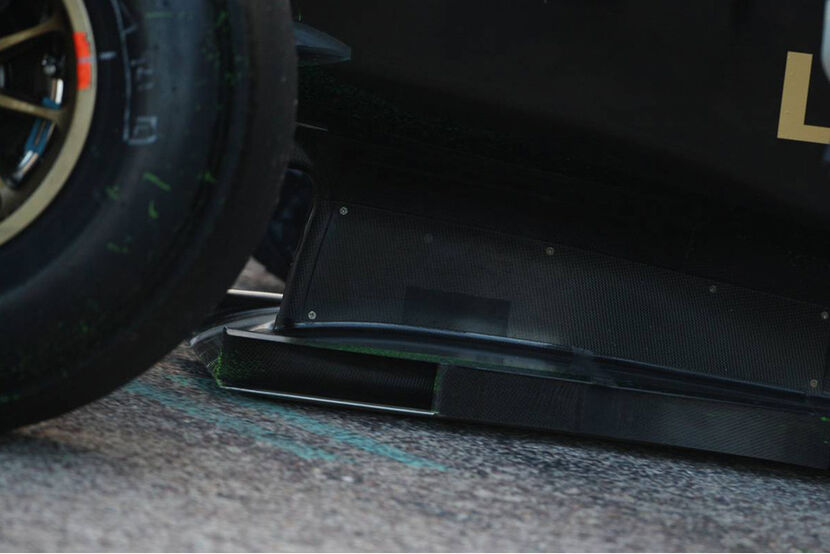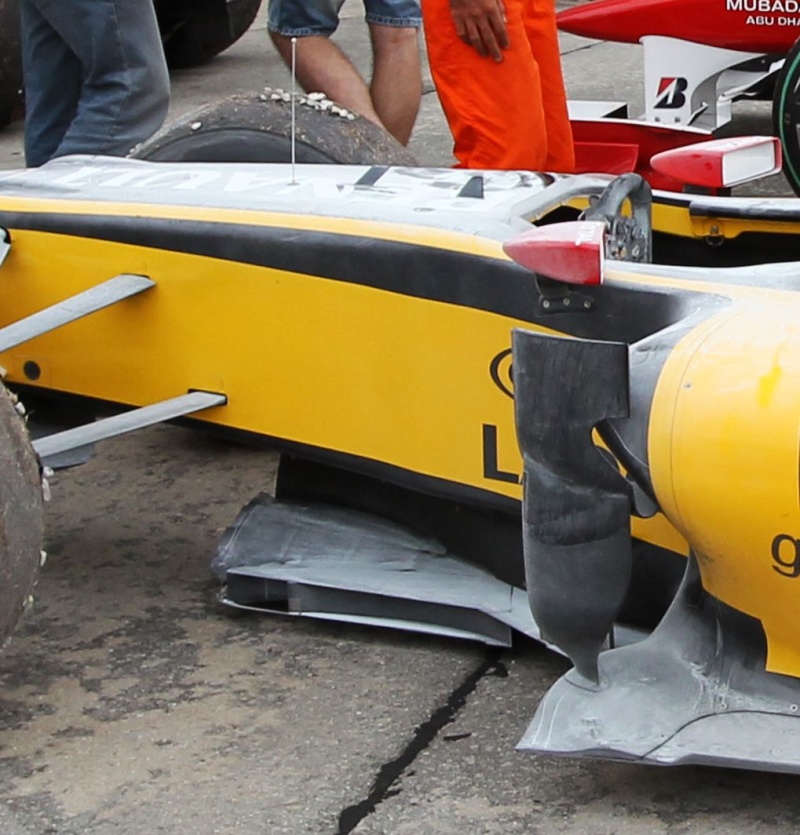It's funny, this made me think of the suction cars where the opposite was going on! Remember the big fans?
Could you elaborate on the above a bit, please? I haven't quite got what is going on initially. Are the exhaust gases deflecting flow to generate this effect - it hasn't quite clicked for me yet? Is it because the velocity of the exhaust generates a local low pressure there?SLC wrote:By increasing the mass flow over the floor LE you end up with a stronger initial suction peak (where the air is accelerated around the allowed 50mm radius coming off of the step plane), and this sets the baseline pressure for the forward half of the floor.











